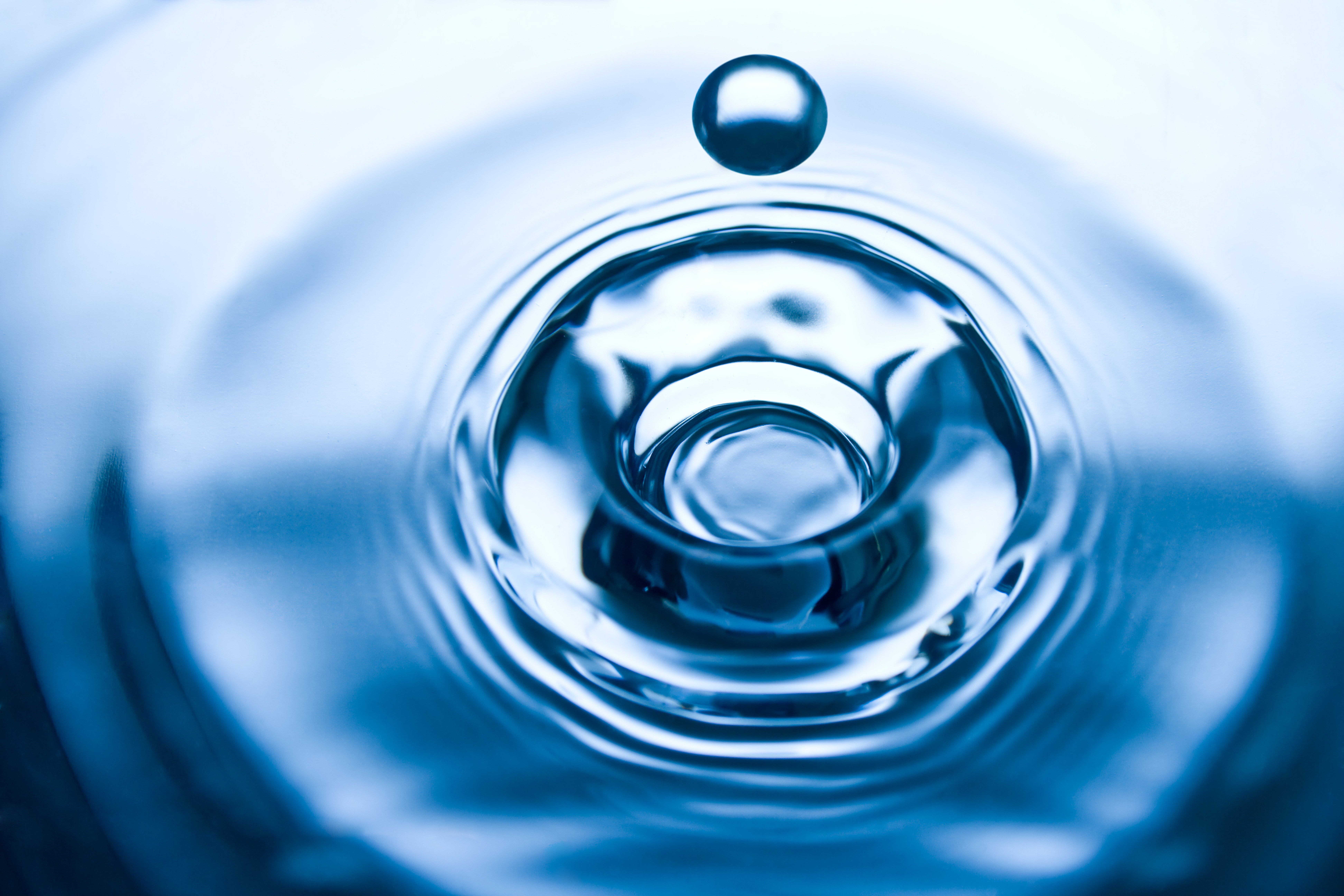When Water Will—and Won’t Do
The use of water to clean has been around since, well, the beginning of time when things got dirty and water was the obvious—and only—go-to cleaner. And
after all this time, water still does a darn good job of the task, especially the newer engineered versions. However, like most things, there is a time and place for it, where it works best and where water may not be the top choice.
What is Engineered Water?
Engineered water refers to a relatively newer technology, where the makeup of water is altered based on science to produce an effective cleaning agent. Several types of water fall into this category, including electrolyzed water, aqueous ozone and steam vapor, all of which can be effective. And, because they contain no volatile organic compounds or other toxins, they all are far greener than their chemical counterparts.
Electrolyzed water is the product of tap water, salt, and electricity. Using electricity and two separate chambers, this process can create two different cleaning solutions. The first has a negative (alkaline) electrical charge, which produces a general-purpose cleaner that is often referred to as sodium hydroxide, which can break down grease and other oily substances. the second solution created has a positive (acidic) charge, which creates a sanitizer/disinfectant commonly known as hypochlorous acid that, according to the U.S. Environmental Protection Agency (EPA) is up to 80 times more effective than bleach.
Aqueous ozone is created by adding an extra atom to tap water to turn it into O3 (also called ozonated water or liquid ozone). While natural, the formula cleans like a traditional cleaning chemical. The potency of the cleaner is short-lived, however, requiring the solution to be used immediately. Yet some aqueous ozone systems available today stabilize the solution so it remains effective as a sanitizer for up to four hours and as a general cleaner for up to three days. Ozonated water is reported safe for users and, since it is created on site, i.e., uses no packaging and has little transportation needs, it is a green and sustainable option. However, although the USDA has deemed it safe for sanitizing food service areas, it is not registered by the EPA as a disinfectant, which is mandatory for all disinfectants in the United States.
Steam vapor systems boil tap water to 240-280 degrees Fahrenheit, which turns the water into a dry mist. When applied to surfaces, the vapor softens grease and other oily substances that can then be wiped or even vacuumed up. The technology that has been around for nearly 50 years, but today’s systems are lighter, easier and more affordable than their ancestors. And again, being water-based, steam vapor is safe, green and sustainable.
Financially, there is also budgetary issues to take into consideration. An electrolyzed water generator can cost up to several thousands of dollars to purchase. Do an ROI calculation prior to making your buying decision.
When Water Alone Won’t Do
While the return to water as a top green and sustainable choice is exciting for most in the cleaning industry, there are still times when it may not be appropriate or able to complete the task at hand. These circumstances are usually when there is a strong buildup of dirt and debris that may require stronger measures. Some examples of such areas might include:
- Entry ways, where soil and salt from ice melt has been allowed to build up
- Neglected surfaces where mold and other bacteria is layers thick
- Pet or other animal environments where feces, old food, hair and other contaminants have been allowed to sit for an extended time.
- Food service areas, such as stoves and exhaust fans, where grease and grime are thick and have hardened….
You get the idea.
While cleaning with water in its various effective forms can be great for humans, animals and the environment, there are times where a more heavy-duty cleaner is necessary. So, as always, before you bid a job or take on a task, be sure to know what cleaning tasks you are up against to be sure you are armed with the most effective tools.



